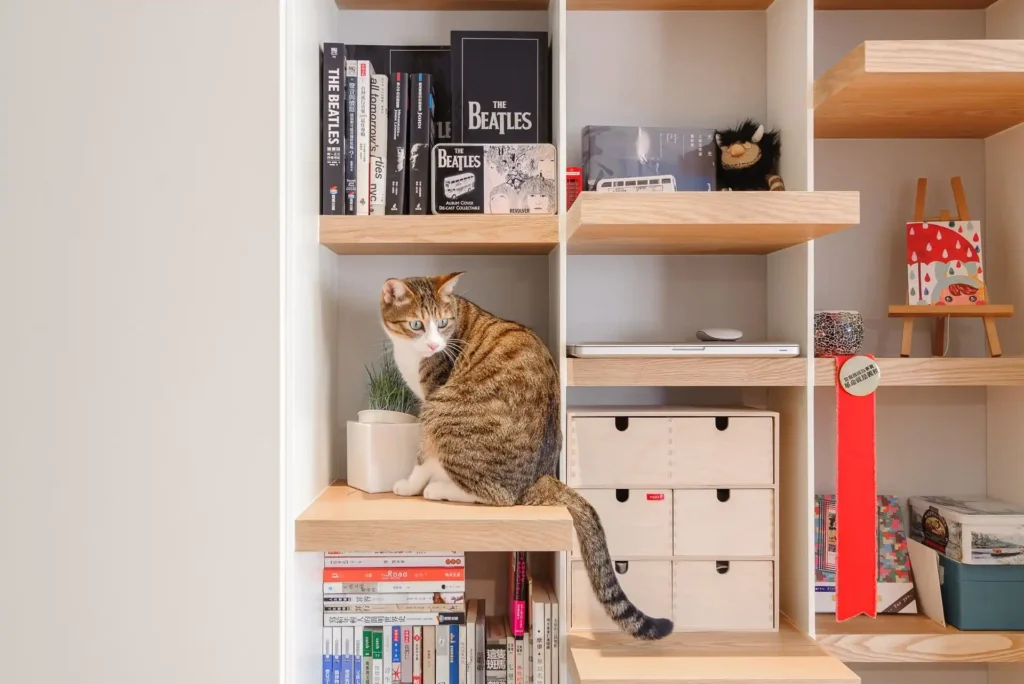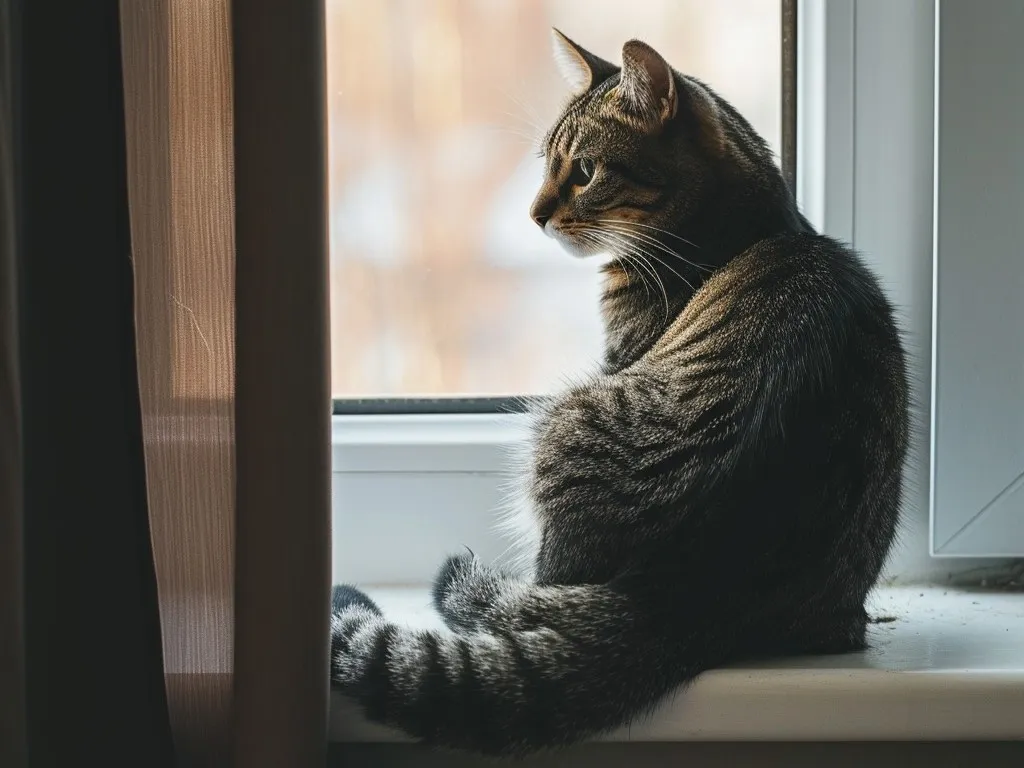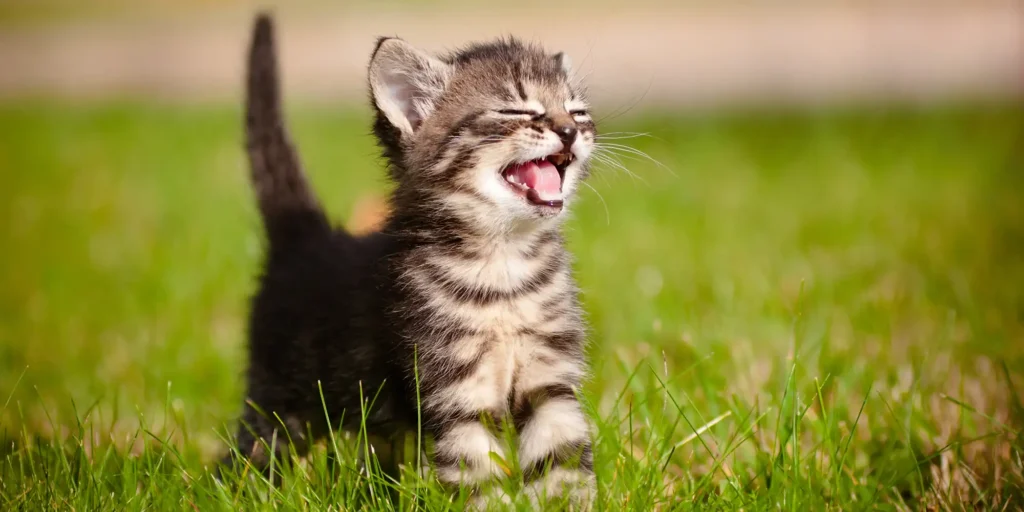Why does my cat keep meowing and not even eating after moving?
Moving is a very stressful thing for both humans and cats. Cats in particular are very sensitive animals. As long as they enter a new environment, they will easily feel nervous and anxious!
In addition to frequent vocalizations that indicate uneasiness, stress is more likely to prevent cats from eating and excreting normally, leading to further health problems.
Fortunately, we can start preparations before moving to help the cats at home prepare themselves mentally and gradually get used to the new comfortable environment!
How to help cats adapt to their new environment? 3 stages of moving to give your cat peace of mind!
The more stable the cat’s mood is, the faster it can adapt to its new living environment. We can divide the plan into 3 stages based on “moving time” and prepare the necessary items for the cat in advance:
(1) Before moving

● Exclusive space before moving
Before moving, the cat can be kept in a fixed space to make it less likely to feel the changes in the home.
● Maintain the original daily routine
Do not move your cat’s daily items, including litter boxes, bowls, and scratching posts, and maintain your usual eating and sleeping schedule.
● Adapt to the outdoor cage in advance
For cats, you can prepare in advance the out-of-door cage used when moving. Place clothes and quilts with their scent in it, or small relaxing objects such as polygonum and catnip. Finally, place them in the cat’s activity space to make them more comfortable. Get used to the cat carrier early!
(2) Moving day

● Exclusive space before moving
Before you start moving, you can clear out an empty room and place daily necessities where the cat can go to the toilet, eat, and rest.
● Final arrangement of cat’s belongings
Litter boxes, feed bowls, water bowls and other items commonly used by cats must be organized at the end of the moving process!
● Reduce contact with strangers
Moving is already a very anxious thing for cats, and contact with strangers is likely to cause even more emotional upset!
● Use a safe and concealed outing cage throughout the process
It is best to choose a safe and concealable cage for cats. Cats will not be so sensitive to external changes!
● Use an out-of-door litter box
If the cat is moving far away from home, you can prepare an out-of-door litter box to meet the cat’s physiological needs.
(3) After moving

● Brand new exclusive space
Just like what was done in the first two stages, cats can usually adapt to a fixed space first. After entering a new home, priority is given to making arrangements for the cat and its daily necessities!
● Allow cats to explore new environments on their own
Open the cat carrier and let the cat get out of it on its own, allowing it to explore and get used to its new environment.
● Familiar smell
Placing the owner’s clothes and items with an old house smell in the cat’s living space can help it adapt quickly.
● Use cat pheromones
Pheromones have a very good calming effect on cats’ emotions. Using moderate amounts of cat pheromones can help them relax after moving.
● Guide cats to eat in a relaxed manner
Cats are easily unable to eat due to anxiety in a new environment. At this time, you can choose to induce the cat with canned foods and snacks that he likes. It’s better to have something to eat than nothing!
How long does it take for a cat to adapt to a new environment? 3 reasons why it may take longer to adapt!

For ordinary cats, it only takes a week or two for them to adapt to the new environment smoothly. However, the following factors may also affect the cat’s adaptation time!
(1) Cat’s personality
If your cat is naturally timid and shy, it will take more time to adjust to a new and unfamiliar environment.
(2) Cat’s traumatic experience
If a cat has experienced traumatic experiences such as abuse, abandonment, straying, etc. in its life experience, it will be more difficult for the cat to adapt to the uncertain factors brought by the unfamiliar environment.
(3) Are there any other strange cats?
If the moving destination has other cats that already live in the environment, your cat will not only adapt to the unfamiliar environment, but also need more time to get to know and get along with other cats in order to truly integrate.
When your cat encounters the above conditions, you need to pay more attention to the cat’s adaptation status at all times!
How do kittens adapt to their new environment after moving? Different precautions than adult cats!

Many people worry that kittens will have a harder time adjusting to environmental changes such as moving than adult cats. Here are a few ways to help your kitten adapt to its environment:
1. Create a dedicated space
Just like adult cats, preparing a dedicated living space for kittens in advance and placing daily necessities in it can help them explore the environment and stabilize their emotions!
2. Set up a rich environment
Cat jumping platforms, cat scratching posts, cat toys and other items can be used to build up the novelty of kittens’ exploration of the environment.
3. Maintain a safe environment
Kittens may accidentally fall into danger while exploring the environment, such as narrow gaps, plastic bags, cleaning supplies, etc. Make sure the environment is safe.
4. Ensure a peaceful environment
Kittens are more likely to be frightened by noisy sounds and too much traffic, so the living space of kittens should be as quiet as possible.
5. Pay close attention
Kittens need more companionship than adult cats, and must be paid attention to and taken care of during the process of adapting to the new environment.
Frequently Asked Questions about Cats Adapting to a New Environment Q&A!
(1) Why does the cat keep hiding after moving?
For more timid or sensitive cats, anxiety can cause them to hide, which is completely normal. Suitable hiding places can be prepared for cats, such as cardboard boxes, cat jumping platforms and other safe areas to prevent cats from hiding in dangerous places.
(2) Why doesn’t my cat eat, drink or go to the toilet after moving?
Not eating, drinking, or going to the toilet are also signs of a cat’s anxiety when facing a strange environment.
If the cat cannot eat normally, you can first try to use the cat’s preferred food and snacks to stimulate appetite and observe its excretion. If your cat is unable to eat or eliminate for more than three days, it is recommended to seek professional veterinary assistance.
(3) The cat keeps meowing after moving, what should I do?
If a cat keeps howling in the middle of the night after moving, it is also a sign of anxiety. It usually improves significantly as time goes by.
During this period, Mao Qima can try to give more care and companionship, and increase the play time with the cat, which can effectively alleviate the cat’s uneasiness!
